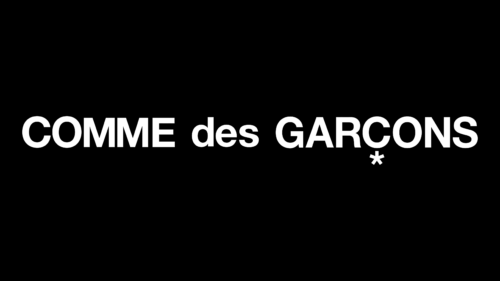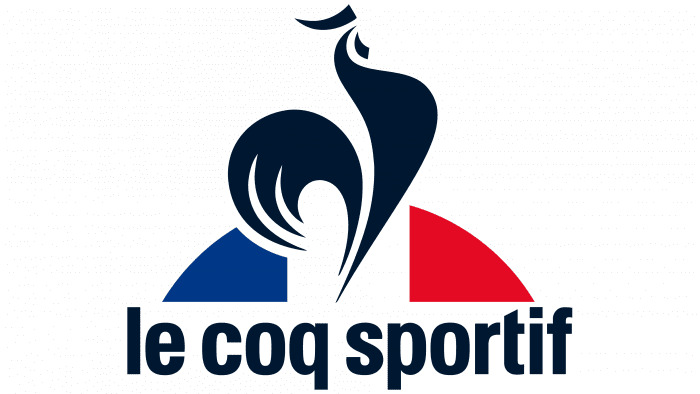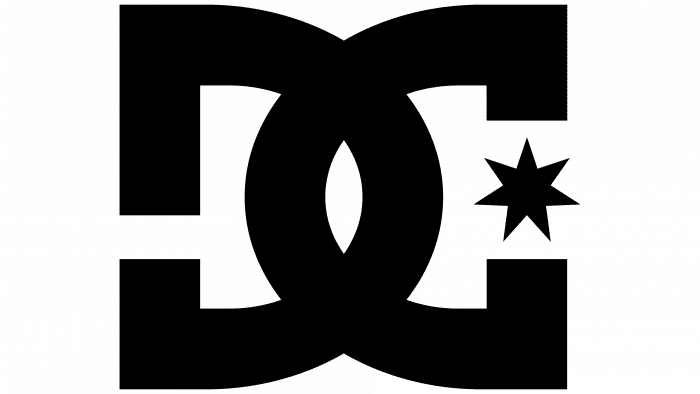The general Comme des Garçons logo is traditionally textual. It unites several fashion lines, as the company has a large number of subsidiary brands. The bold font with semi-bold letters ensures easy readability and quick recognition of the fashion platform.
Comme des Garçons: Brand overview
| Founded: | 1969 |
| Founder: | Rei Kawakubo |
| Headquarters: | Tokyo, Japan (de facto); Paris, France (de jure) |
| Website: | comme-des-garcons.com |
Meaning and History
The Comme des Garçons brand was established in 1969 in the capital of Japan. It began its professional activities by introducing punk-style clothing to the world. The company was officially opened only in 1973. It was named after a line from the song “Tous les garçons et les filles” by French singer Françoise Hardy: “Comme les garçons et les filles de mon âge.”
Despite its name (meaning “like boys” in French), the fashion brand only introduced its own line of men’s clothing on the runway in 1978. The logo was established right at the moment of the brand’s inception. The sign is made in the classic traditions of the fashion industry, so it is predominantly textual. The basis of the logo is the brand’s name, written in uppercase letters. However, it is not devoid of a symbolic element. A miniature star fulfills this role, hinting that it is a luxury clothing brand.
What is Comme des Garçons?
Comme des Garçons (abbreviated as CDG) is a fashion company with offices in two fashion capitals: de facto in Tokyo and legally in Paris. It is involved in designing and manufacturing products and sales, opening a chain of its stores in several countries worldwide. Its product range includes clothing, jewelry, perfumes, and footwear. The founder of the fashion house is designer Rei Kawakubo.
1969 – today
The Comme des Garçons emblem features a harmonious combination of text and graphics. The key focus is the brand name, written in a straight, confident, and strict font without serifs, which is characteristic of high-fashion logos. The only drawn element is a star. It occupies the bottom position, located under the letter “C,” written in the French manner – with a subscript diacritical mark. In this case, the miniature star replaces the comma (,).
An image of a red heart with eyes often accompanies the word logo. This is the basic symbol of the brand, used on branded products. It appears both alone and accompanied by the name. The author of this design symbol is Filip Pagowski, a Polish artist. He created it at the personal request of Rei Kawakubo after attending several fashion performances by the company. Thus, the star is not the only image in Comme des Garçons’ visual identity.
Font and Colors
A smooth and even font in uppercase was chosen for the logo. It closely matches the typeface called Helvetica Neue 75 Bold. The only difference between them is the star, which replaces the subscript diacritical mark of the letter “C.” It should be noted that only two of the three words are in uppercase: the preposition “des” is written in lowercase. For slogans, the company uses Bohemian Typewriter by Lukas Krakora. The brand’s color palette is restrained, with a predominance of monochrome. The black inscription looks expressive on a white background.
Comme des Garçons color codes
| Black | Hex color: | #000000 |
|---|---|---|
| RGB: | 0 0 0 | |
| CMYK: | 0 0 0 100 | |
| Pantone: | PMS Process Black C |







